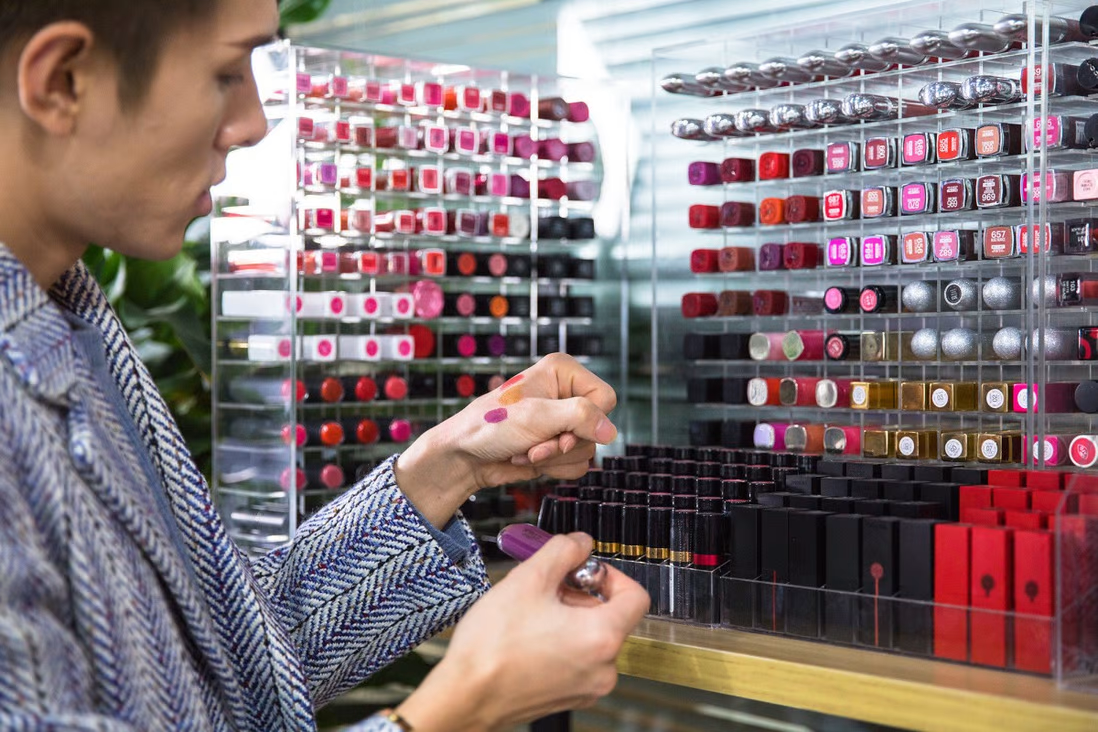He’s Back!
It seems that with little fanfare the Lipstick King returned to his live streaming platform on Tuesday at 7PM, showing a variety of cosmetics, skincare products, and underwear. According to media statistics, the show began with ~100,000 viewers but an hour later was topping 25m, with over 50m by 9PM. Given his high profile and his disappearance, most of the products he was hawking sold out immediately causing him to ask for both buyers and sellers to remain calm, asking viewers not to buy just to support his program but only if the product is needed, an unusual statement for an influencer.
All of that said, he was not the only high-level influencer to disappear since last year when the Chinese government began investigations into ‘non-state’ influencers, citing potential irregularities in content and taxation. China’s most bankable influencer Viya, disappeared after she was handed a $201m fine for tax evasion last December and has yet to reappear. Who says being an influencer is an easy job!













 RSS Feed
RSS Feed